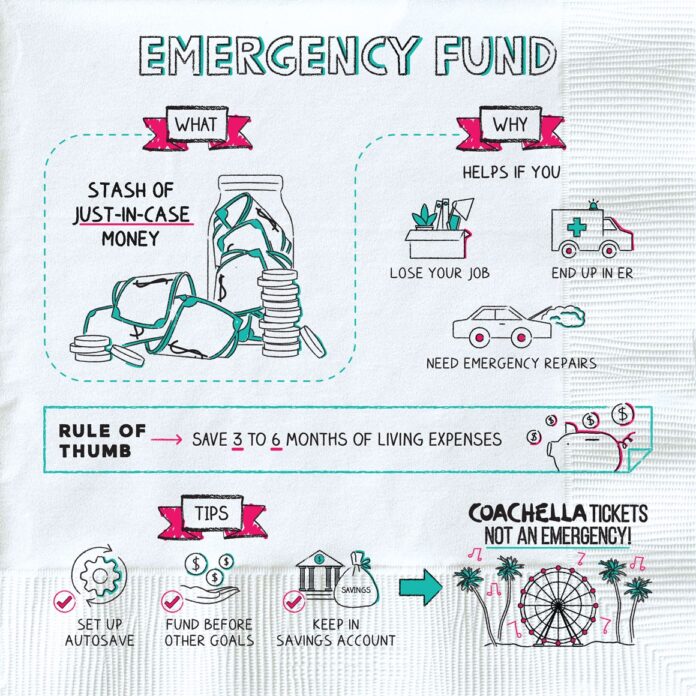An emergency fund is an important part of being an adult. After all, as you get older the more you start to realize that every little thing can start to add up quickly. From your groceries to your car costs, life is anything but cheap.
An emergency fund is there to take care of expenses that come up unexpectedly. Even something as small as needing a new bathtub stopper can throw your finances for a loop. That’s why, having an emergency fund set aside specifically for unexpected costs is essential.
However, building an emergency fund can seem daunting if you don’t have a lot of income. To help you, here are some tips for putting money away in your emergency fund.
Set a Goal
The first step is setting a goal so that you know exactly what you’re aiming for. After all, without a goal in mind, you’re basically just shooting in the dark. So, make a list of all of the things you might potentially need an emergency fund for, and calculate how much it totals up to.
Once you have a goal in mind you can start to estimate how much you’ll need to put away each week to make it to that goal. It makes it much easier to make it to a goal when you know exactly how much you should be putting away each week, so create a small amount of milestones to get to and work your way up.
Automate
Sometimes you may forget to put money away, or maybe you just might not feel like it. This is where automating your savings can come in handy. Automating your savings makes it so that you don’t have to think about a thing. You simply set it and forget it and your savings account will grow over time. Many banks allow you to transfer on a monthly, weekly, or even bi-weekly basis. It’s as simple as setting it up in your account and your app will do everything for you.
Get Rid of Expenses You Don’t Need
When it comes to savings, it’s key to identify what you need and don’t need. After all, how can you expect to save money if you’re spending it all in places that are completely frivolous. Cut back on non-essential expenses like a daily coffee shop visit, or unused subscriptions.
Use that money to put into your newly dedicated savings account, and make small adjustments as you go. It may not seem like that big of a deal to cut back on a few extra dollars a month, however, when you cut back on multiple non-essentials it can add up to big bucks at the end of the month!










